Welcome back! It is spring in Ohio and our house plants are loving all the sunshine and warmth they are finally receiving! We love decorating with plants, but we have found that sometimes finding the the right plant for the right space can be difficult. We have some go to plants that we use when styling a home and wanted to share them with you along with tips on how to care for them and our favorite pots to use!
Snake Plant
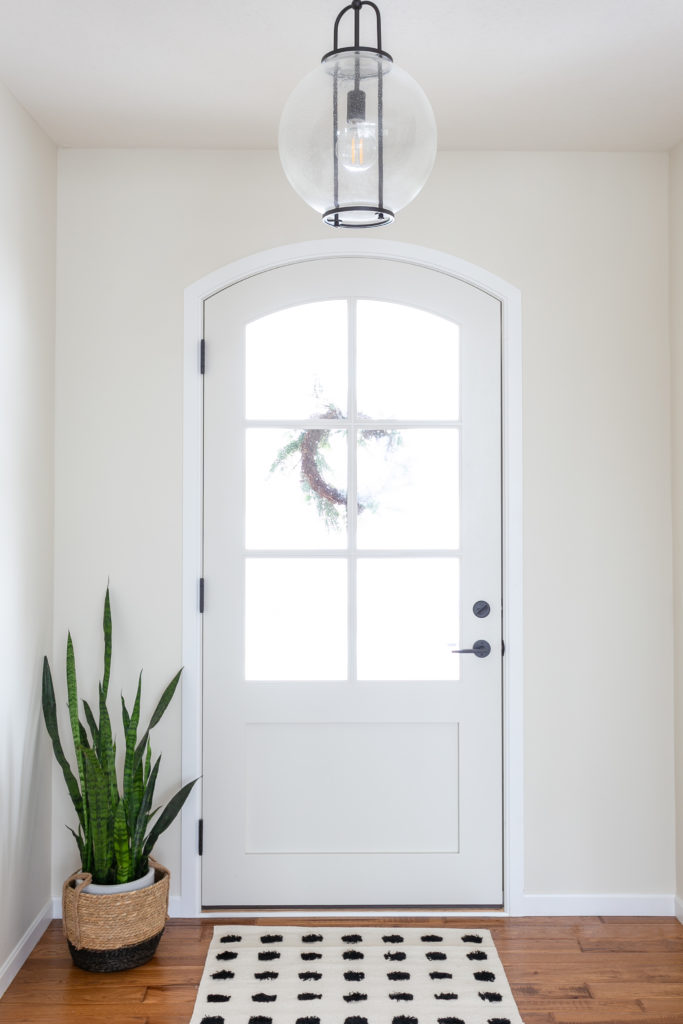
Did you know the real name for a snake plant is Sansevieria? Snake plants are probably one of the easiest house plants to take care of and that is one of the reasons we love to use them while decorating. One of the main reasons a snake plant is so easy to take care of is because it thrives in a wide range of lighting conditions. It can be placed in low indirect light to full sun environments and do great in both places. They can even be placed outdoors if the weather is warm.
Maintenance: Be sure to assess your plant before watering. Even though these plants are very forgiving the most common mistake made is overwatering. Snake plants like to dry out completely between waterings. You don’t need to water it more than once every 10 days and make sure to rotate your plant periodically to ensure growth on all sides.
Pro Tip: When in doubt let it drought! You can tell you are overwatering your plant when the stalks begin to look mushy and brown.
Our Favorite Pot: When dealing with a snake plant it is recommended to have a pot with a drainage hole. For a larger snake plant we typically use a simple clay pot and then we love to place them in a wicker basket. When dealing with a smaller snake plant that can be placed on a shelf or table we use a simple neutral colored pot. By using a neutral colored pot it will help accentuate the different colors of the leaves.
Potting Links: Striped Maize Basket Planter with Dots
Pothos
The pothos plant is one of the most commonly used and favorite house plant. Like the snake plant this is due to it being easy to care for. We love using this plant, because it can be put just about anywhere. We have used them in kitchens, bathrooms, offices and bedrooms. A fun thing we love about this plant is its trailing oblong green leaves that can be trained to grow as you wish: whether trailing down a bookcase or up a stake or trellis.
Maintenance: Pothos thrive in bright indirect light, but can also adapt to medium and low light spaces. Growth can be slower in medium to low light spaces, but your plant will still stay healthy. In bright light you should water when the soil has dried half way through your pot. In low to medium light spaces you should let the soil dry almost all the way through the pot. A good way to tell when you need to water is when the foliage begins to wilt. This is a forgiving plant but alway be sure to feel the soil while always visually monitoring the plant.
Pro Tip: Do not plant outdoors in landscapes. Even though they are found in the wild, they are considered a Category II invasive exotic in Florida.
Our Favorite Pot: We do not necessarily have a favorite pot to use for this plant, because it can be used with so many; whether it has a draining hole or not! We have used pots that are colorful, white and even clear ones! We also use wicker baskets with a simple clay pot. When styling with a pothos we are able to use whatever will look best with the aesthetic of that space.
Potting Links: Andrade Pot Calhuna Pot Blue Knobby Pot
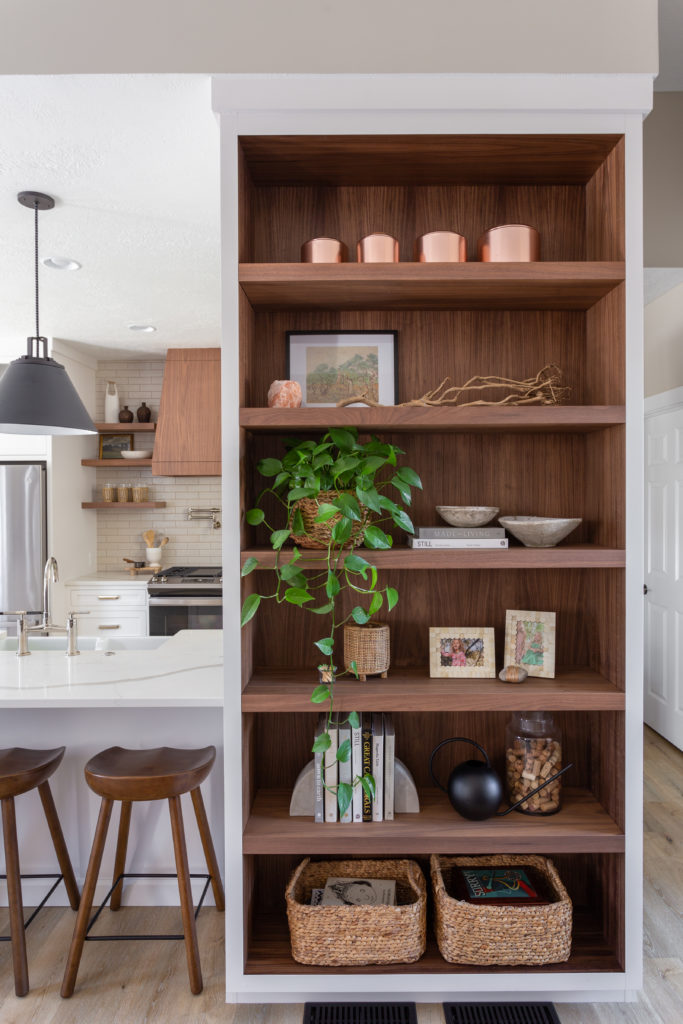
Fiddle Leaf Fig
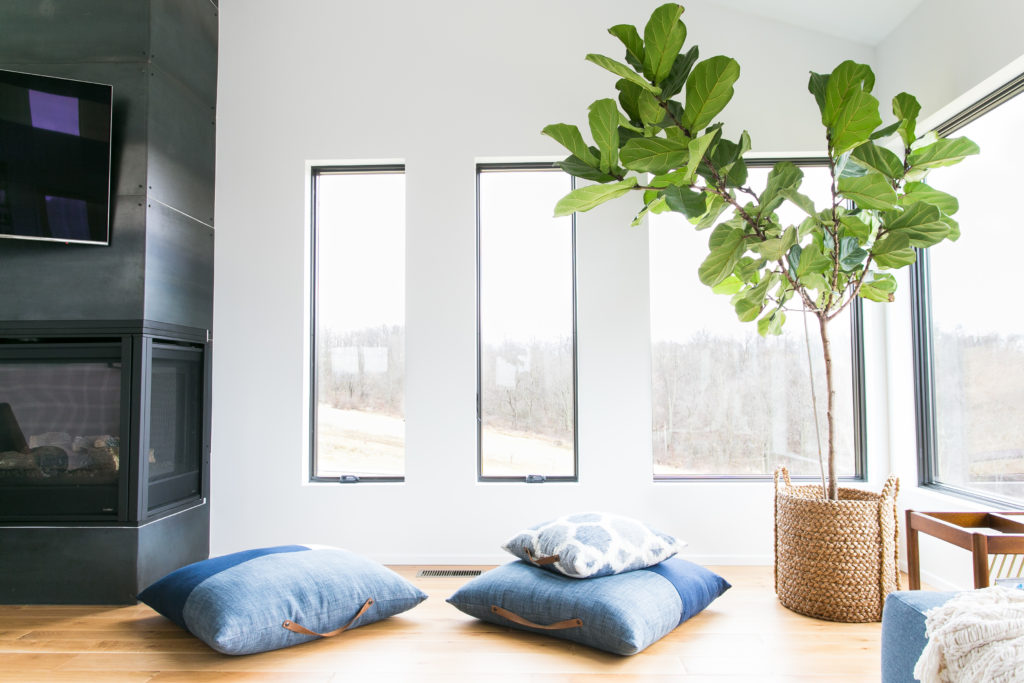
The fiddle leaf fig is not necessarily the easiest house plant to look after. Even though it can be difficult, it is definitely one of our favorite plants to decorate with due to its beautiful and huge green leaves. The visual impact it has on a space when given proper care is unmatched.
Maintenance: The fiddle leaf fig appreciates a fair amount of water, plenty of light and a warm, humid environment. Before watering you need to check the soil to make sure it is not moist right beneath the surface. You could also consider aerating the soil before the initial watering. The soil should be kept evenly moist with only a brief drying out period. This comes from being native to central and western Africa where it gets very dry between rain storms. When allowing the soil to dry deep into the roots will cause leaf loss.
Pro Tip: Create a routine! The key is consistency; this is a plant of habit. It does best when on a schedule. We know this sounds crazy, but it is true!
Our Favorite Pots: This is trickier due to the fiddle leaf fig being so temperamental. When potting, experts advise to keep it in its nursery pot. You should also give it plenty of soil mass and drainage. This is definitely something we keep in mind when choosing a pot. Most of the time we will just stick the plant in a wicker basket, while still keeping it in its nursery pot. We have also chose a large pot with a draining hole that the plant can grow into so that you don’t have to worry about replanting later on.
Potting Links: Round Splitwood Basket Brown Splitwood Basket Seagrass Cylinder Basket
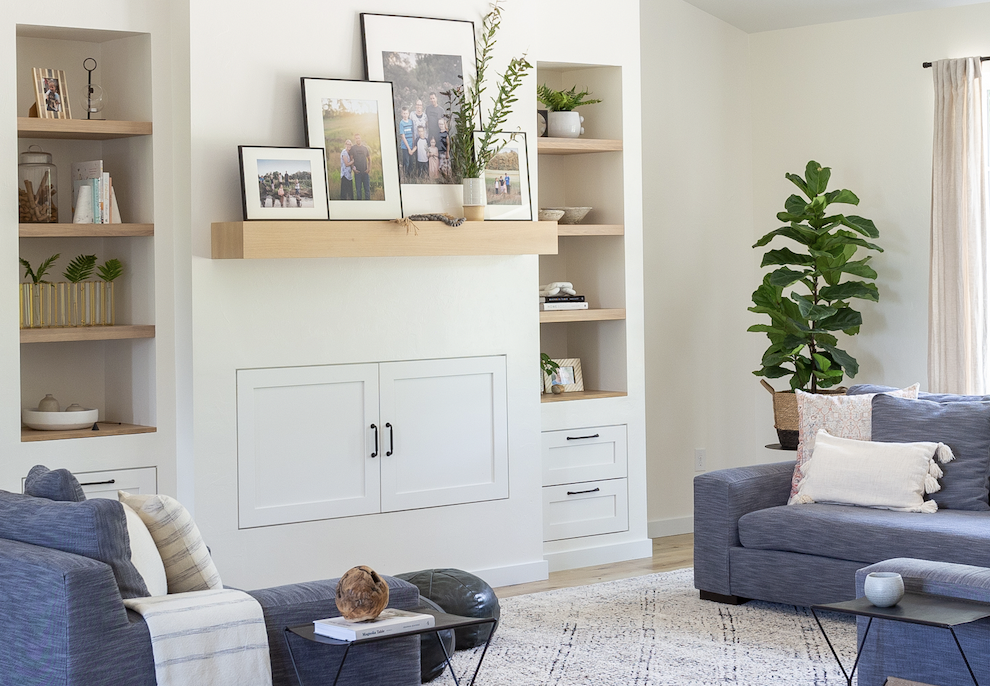
Maidenhair Fern
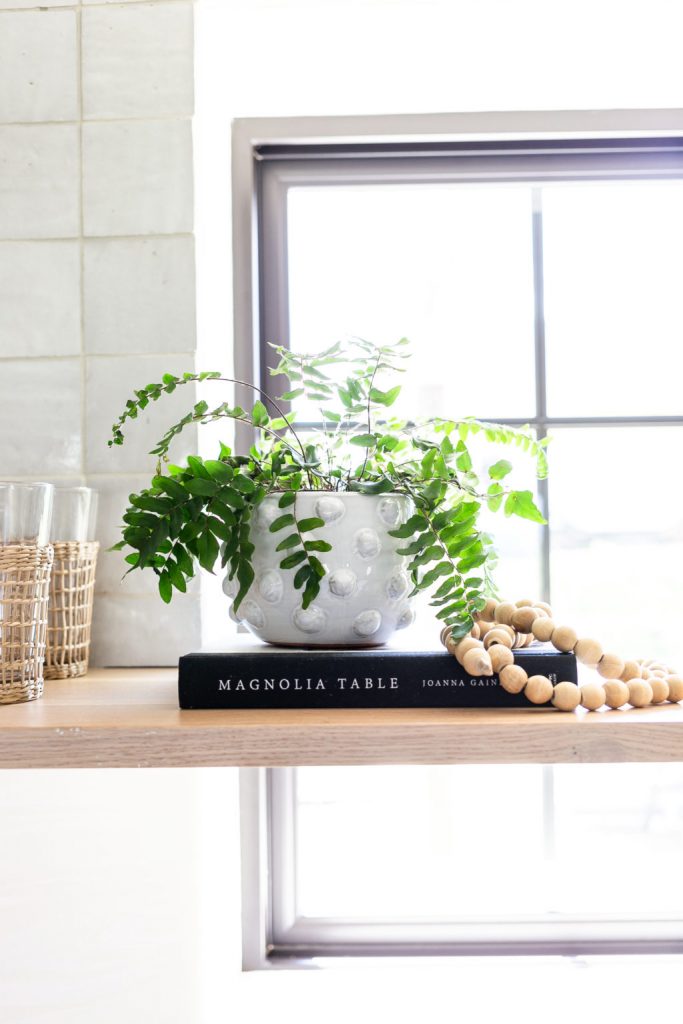
The maidenhair fern is a small houseplant that we use very often. They are a perfect soft piece to add on an open shelf, side table or the middle of a dining table. They are not the easiest plants to take care of and are a bit finicky, but definitely do not compare to the needs a fiddle leaf fig.
Maintenance: The maidenhair fern loves warmer, humid air. Although, they enjoy the shade it is best to keep them by a window, but avoid direct sunlight. The more light your plant receives, the more likely it is to dry out and these plants should never dry out. You should try and keep the soil damp, but never soggy. You plant should also never sit in water. As soon as the top of the should feels a little dry it is time to water again.
Pro tip: When you water your maidenhair fern do not be afraid to just take it to your sink and give it a thorough soaking, but make sure you let the excess water drain away before putting it back.
Our Favorite Pots: When potting a maidenhair fern it is recommended to use a pot with a drainage hole. when picking a pot when styling we pick a pot that is visually pleasing for the space, but just make sure it has a drainage hole. Our favorite pots probably the one in the picture, which is linked below as planter with dots and also the reactive glaze stoneware planter. We have also linked other pots that would be great!
Potting Links: Reactive Glaze Stoneware
Planter with dots Round Terracotta Pot Turner Pot
We hope you enjoyed learning more about our favorite houseplants and can find the perfect pot and plant for where you are needing one!
Don’t forget to follow us on social media and sign up for our email blasts to be the first to know about project reveals, learn our tips and tricks, and see what we are currently working on.
